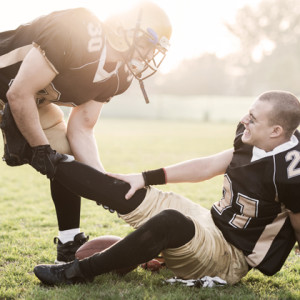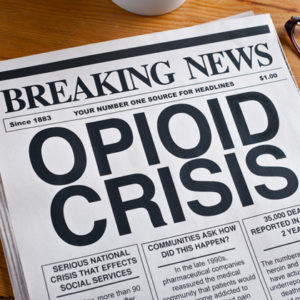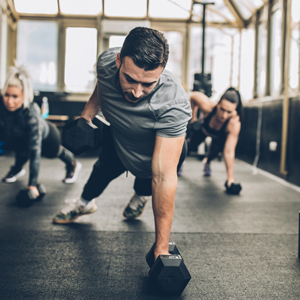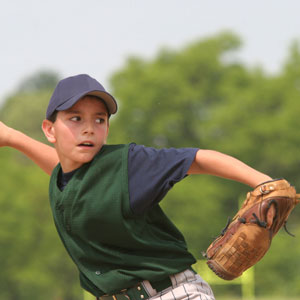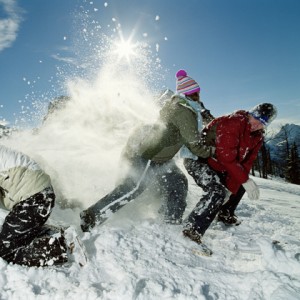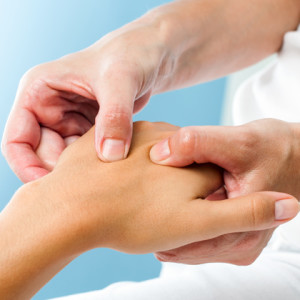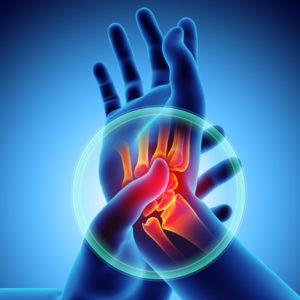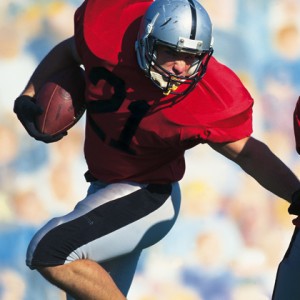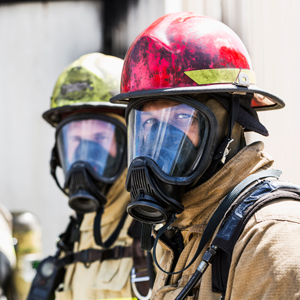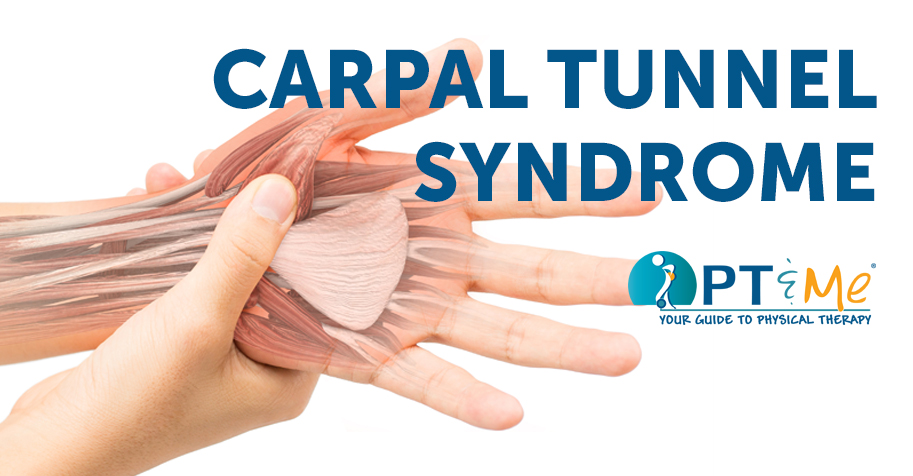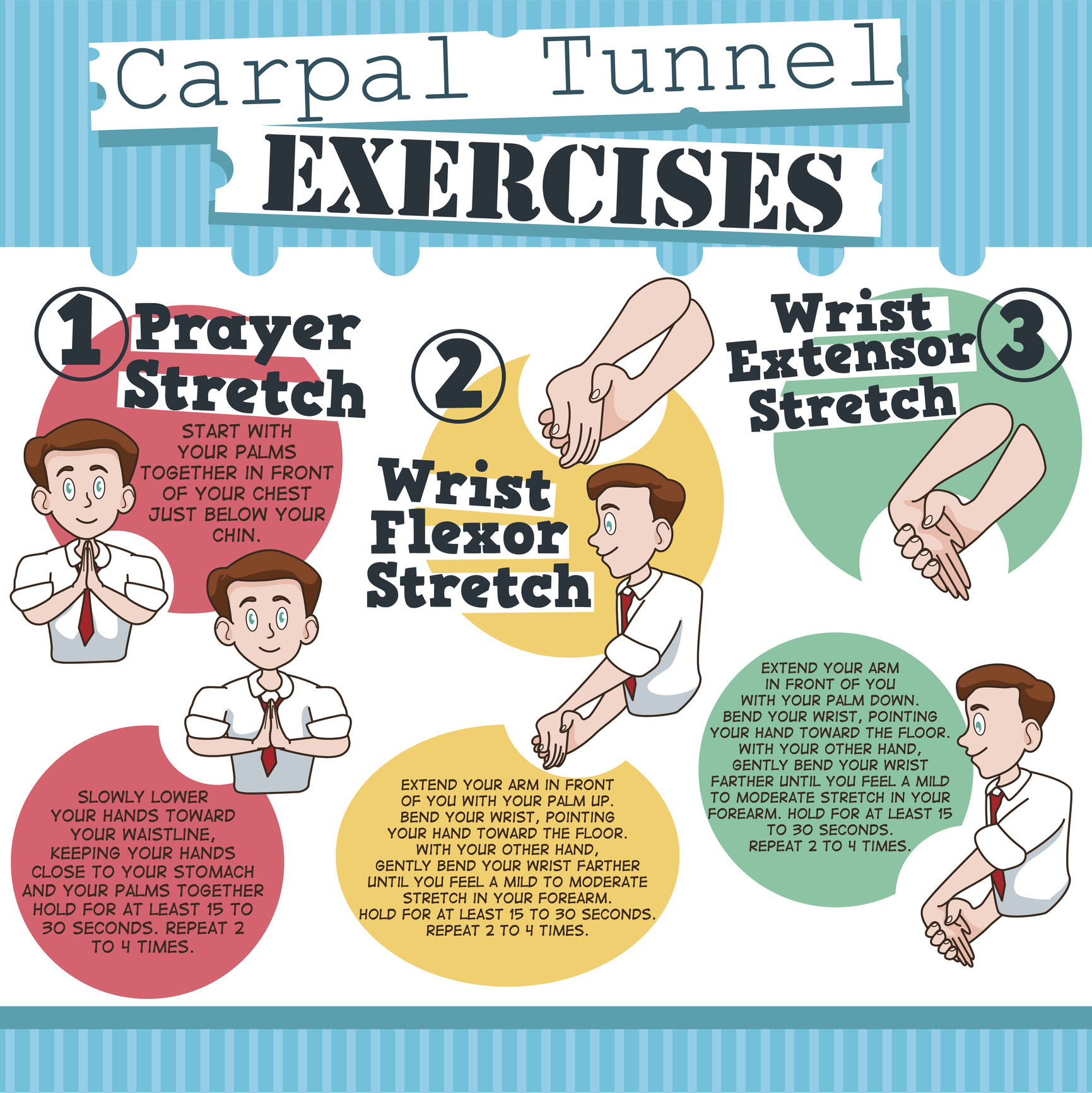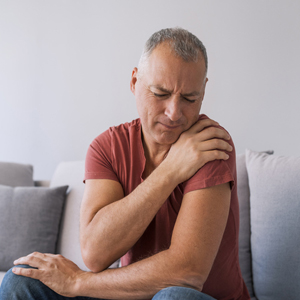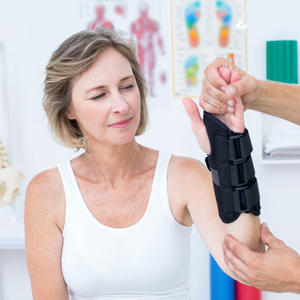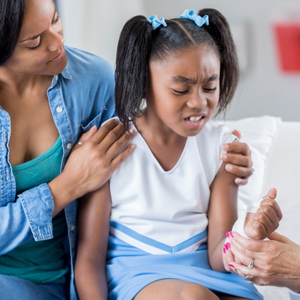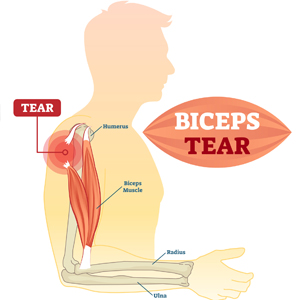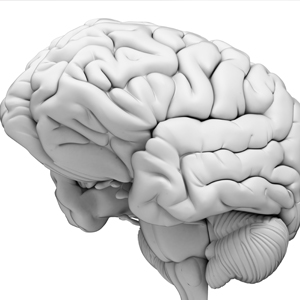
This time in PT News we recap what our clinics have been posting throughout July 2022. We are excited to bring you current physical therapy-based posts featuring published articles from PTandMe partnering clinics!

1. Pre-Workout Nutrition for Optimal Performance
Written by The Jackson Clinics with locations throughout Northern Virginia.
When we work out, our bodies require fuel to support energy production within the muscle tissues. Unsurprisingly, the food we eat directly supports these bioenergetic pathways! Proper pre-workout nutrition can greatly boost your performance while delaying fatigue and soreness. However, there are a few important considerations, including what, when, and how much to eat or drink, to get the most out of your pre-workout fueling. Read more
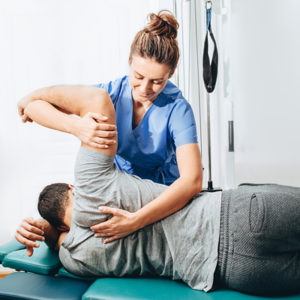
2. Did you Know Physical Therapy Can Alleviate Pain and Discomfort?
Written by Cornerstone Physical Therapy an outpatient physical therapy practice with locations throughout the Columbus, Ohio Area.
When you wake up in the morning, do you feel achy? While aches and pains are common from time to time, waking up every morning with them can indicate a more serious problem. We’ll get to the source of your issue to help you find relief, so you may wake up feeling refreshed in the mornings! Read more
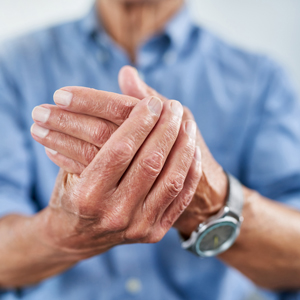
3. Arthritis. Does Physical Therapy Help?
Written by Mission Physical Rehabilitation, an outpatient physical therapy group with locations throughout San Antonio, TX.
According to the San Antonio Metropolitan Health District, 20.7% of Bexar County residents have been diagnosed with Arthritis. With over 100 forms of arthritis, there is understandable confusion about the different forms of arthritis and the treatment options for each. Osteoarthritis is the most prevalent, while Rheumatoid arthritis is the most disabling. Those with arthritis do not have to live in pain, as there are treatment options beyond medication and surgery available Read more
We hope you enjoyed our picks for the PT News July 2022 edition.


